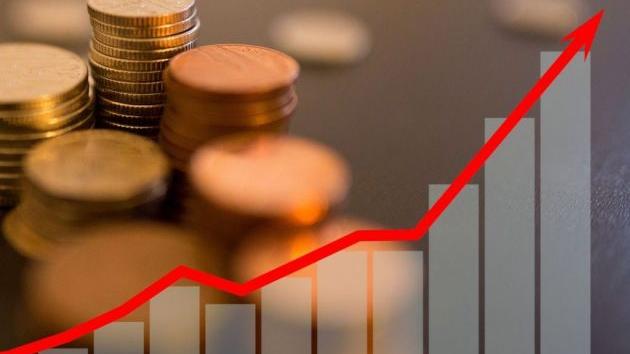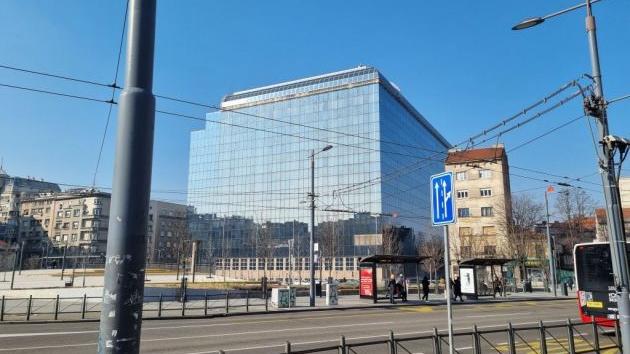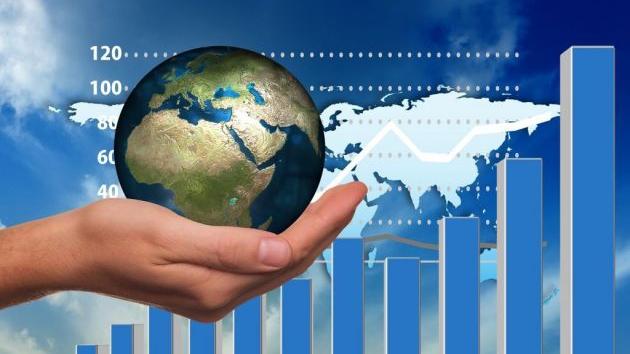NBS: This Year’s Economic Growth at 5-6%
Source: Tanjug
 Thursday, 18.02.2021.
Thursday, 18.02.2021.
 13:42
13:42
 Thursday, 18.02.2021.
Thursday, 18.02.2021.
 13:42
13:42
Illustration (Photo: NicoElNino/shutterstock.com)

– Somewhat slower growth in the first quarter due to the new wave of the pandemic and lockdown in many European economies ought to be offset from Q2 onwards. A sound pace of vaccination at home and abroad could bring the annual growth rate close to 6% – says the February Inflation Report of the NBS.
The central bank expects growth to be led by domestic demand and exports, for which euro area economic growth is necessary as well. At present, euro area growth is estimated at around 4% in 2021.
They note that growth will also be supported by the timely and adequate response of economic policy makers in Serbia and the resulting favorable terms of financing, preserved production capacities and jobs.
– In our estimate, the same factors will enable a stable medium-term growth path of around 4% p.a. in the coming years – the report adds.
Overall, the risks to the 2021 projection are judged to be symmetric and mostly associated with the course of the pandemic and the efficiency in winding it down.
Current account deficit reduced to 4.2% of GDP
As expected, the current account deficit narrowed from April, even more than projected – it stood at 4.2% of GDP in 2020 and was by 37.3% lower compared to previous year, as shown by the NBS report.
– Its narrowing reflects smaller expenditure on FDI receipts, a lower deficit on trade in goods, and a rise in surplus in services trade – the NBS says.
It is added that the deficit on trade in goods declined on the back of lower imports and rising investment in export-oriented sectors in the past period, which is why goods exports of Serbia fell by only 2.3% in 2020 in an environment when euro area GDP lost around 7%.
The NBS says that the recovery of personal consumption and investment is likely to result in somewhat faster growth in imports and a rise in the current account deficit to around 5% of GDP this year. In the years to come, the current account deficit is expected to gradually decline and reach around 4% of GDP, with the pace of the reduction depending primarily on the dynamics of the investment cycle in the coming period.
The central bank emphasizes that another source of substantial capital inflow to Serbia was the issue of eurobonds in the international financial market. The proceeds from the second issue in 2020 (USD 1.2 billion) were for the most part used for the early repayment of a part of debt under bonds issued in 2011, maturing in September this year.
Inflation to remain low and stable
The NBS expects inflation to remain low and stable and to move in the lower half of the target tolerance band.
– For the eighth consecutive year, inflation in Serbia has been kept firmly under control, at a low and stable level – the central bank says.
Although the new projection, they say, is somewhat higher for this year, due to the electricity price increase and higher prices of petroleum products, which reflect rising global oil prices, they still expect inflation to move in the lower half of the target tolerance band in the coming period.
Companies:
 Narodna banka Srbije Beograd
Narodna banka Srbije Beograd
Tags:
NBS
Inflation Report
economic growth
current account deficit
inflation
macroeconomic projections
Comments
Your comment
Naš izbor
Most Important News
Full information is available only to commercial users-subscribers and it is necessary to log in.
Follow the news, tenders, grants, legal regulations and reports on our portal.
Registracija na eKapiji vam omogućava pristup potpunim informacijama i dnevnom biltenu
Naš dnevni ekonomski bilten će stizati na vašu mejl adresu krajem svakog radnog dana. Bilteni su personalizovani prema interesovanjima svakog korisnika zasebno,
uz konsultacije sa našim ekspertima.


 Izdanje Srbija
Izdanje Srbija Serbische Ausgabe
Serbische Ausgabe Izdanje BiH
Izdanje BiH Izdanje Crna Gora
Izdanje Crna Gora


 News
News










